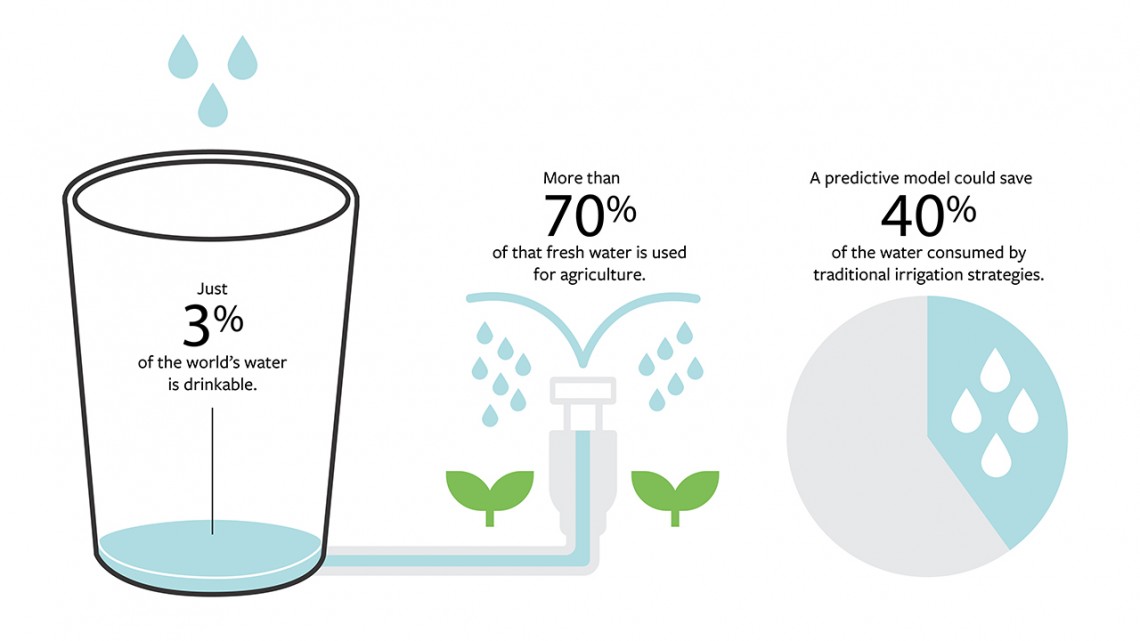Biochar is a Powerfully Simple Tool to Combat Climate Change
What is Biochar?
"Biochar is a solid product obtained in the pyrolysis of biomass. It is a carbon-rich and porous material that can be used for a wide range of applications, among which soil improvement, remediation, and pollution control take the most important roles.
As a product, biochar differs from charcoal, which is produced at lower temperatures and considered as solid fuel, containing a high quantity of volatile matter. Because of higher process temperatures, the chemical structure of biomass changes and content of hydrogen, nitrogen, and oxygen in biochar is significantly decreased in relation to carbon. In contrary to charcoal, biochar is also not phytotoxic.
Biochar is mainly used in agriculture to enhance soil fertility, improve plant growth, and provide crop nutrition. As a result, it improves the overall farming productivity. It has also gained considerable attention in livestock farming as an animal feed."
A simple Tool to Combat Climate Change
The carbon in biochar resists degradation and can hold carbon in soils for hundreds to thousands of years. Biochar is produced through pyrolysis or gasification — processes that heat biomass in the absence (or under reduction) of oxygen.
In addition to creating a soil enhancer, sustainable biochar practices can produce oil and gas byproducts that can be used as fuel, providing clean, renewable energy. When the biochar is buried in the ground as a soil enhancer, the system can become “carbon negative.”
Biochar and bioenergy co-production can help combat global climate change by displacing fossil fuel use and by sequestering carbon in stable soil carbon pools. It may also reduce emissions of nitrous oxide.
We can use this simple, yet powerful, technology to reduce carbon emissions.
Learn more at https://www.biochar-international.org/sustainability-climate-change/



